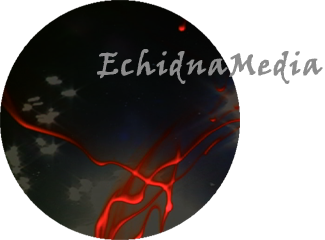 |
Jeremy Knight
theatrical projection design and videography
| ||||||
| |||||||
|
The Turn of the Screw
The telling difference between James' version and the operatic libretto by Myfanwy Piper is that James - telling the story from the Governess' point of view - maintains a studied ambiguity about whether the ghosts actually exist or whether they are a projection of the Governess' moral nervousness. In the opera, Quint and his associate, Miss Jessel (the former governess), stand onstage and sing, which tends to make them as real as ghosts can be. But the West Edge production, directed by Mark Streshinsky with canny video projections by Jeremy Knight, revisits this conundrum in telling fashion. Here, the ghosts have no corporeal presence; instead, they appear as shadowy images on a screen, singing clearly but flickering in and out of sight.
The projections, which also offer glimpses of the estate at Bly and flashbacks to Quint's long, slow seduction of Miles, are a splendid way of opening up the stage without betraying the essential compactness of the piece. The director makes effective use of Jeremy Knight's video projections to evoke the English countryside, create the Bly interiors, and imbue the ghosts of Quint and Miss Jessel with ectoplasmic effects. As the opera moved to its gripping conclusion, the results were potent. Much of the production's enthralling mystque is generated by techno-wizard Jeremy Knight's always-imaginative projections. Beginning with a brilliant jerk-motion landscape as the Governess rides to her new position, he creates authentic Victorian rooms — spacious but gloomy — where the characters act in semi-darkness, in contrast to the bright sunlit exteriors seen through the huge back windows. Even outside in the the estate's colorful gardens, the cast is always downstage in their shadowed world of ambiguity and hidden secrets. Mark Streshinsky's production makes ample use of designer Jeremy Knight's video and still projections. There are shots of the English countryside and the imposing facade of Bly House as the governess arrives. Various rooms and assorted lake, castle, and garden vistas supply an extensive tour of the mansion and grounds. "Journey" animation for house projector 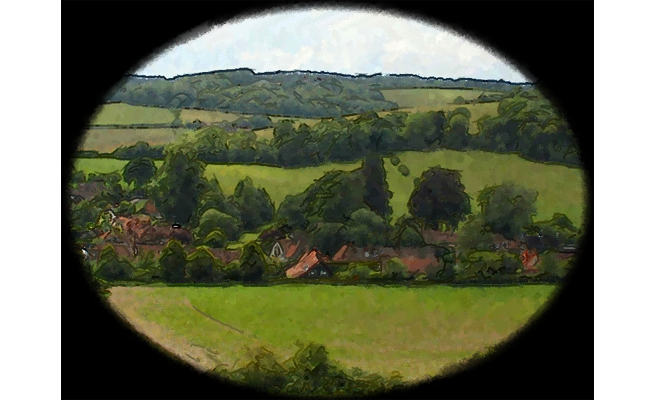
Main screen projections 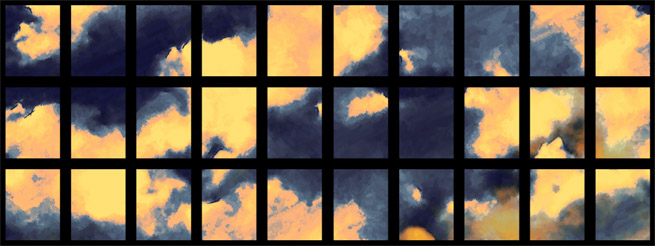
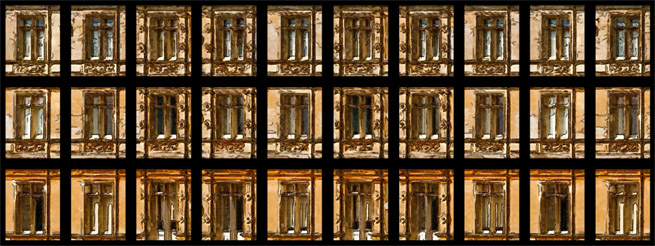
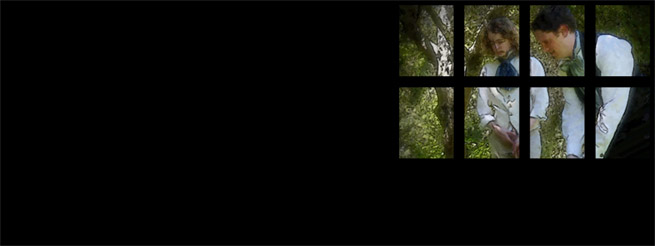
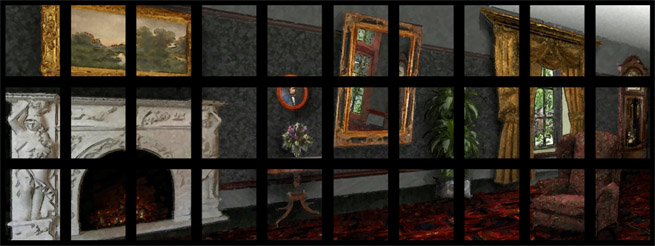
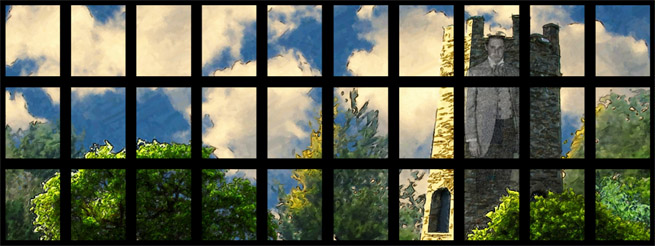


Video excerpts Dress rehearsal photographs by Alessandra Mello, mellopix.com 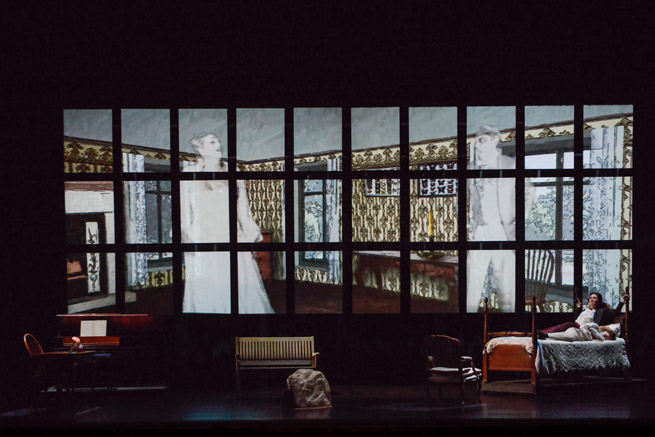
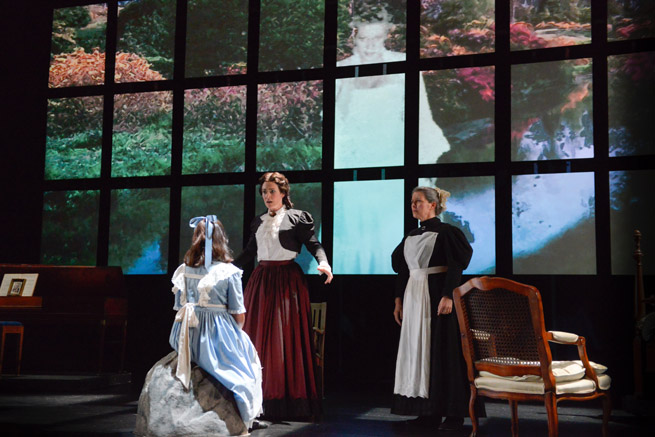
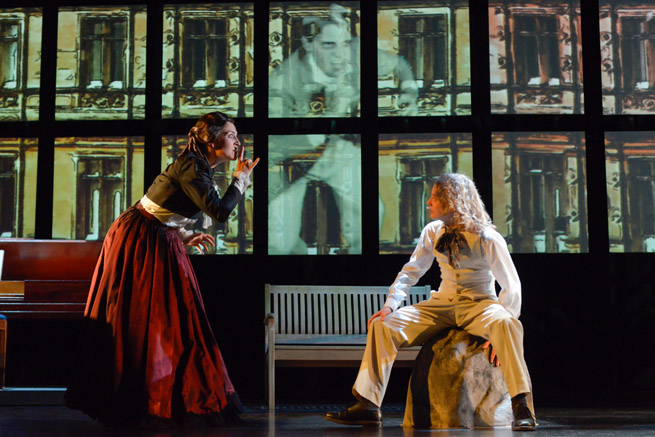
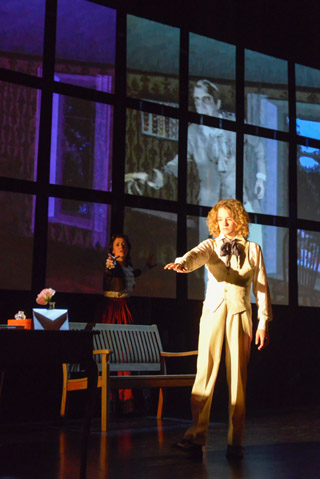

|
COPYRIGHT © 2025 EchidnaMedia